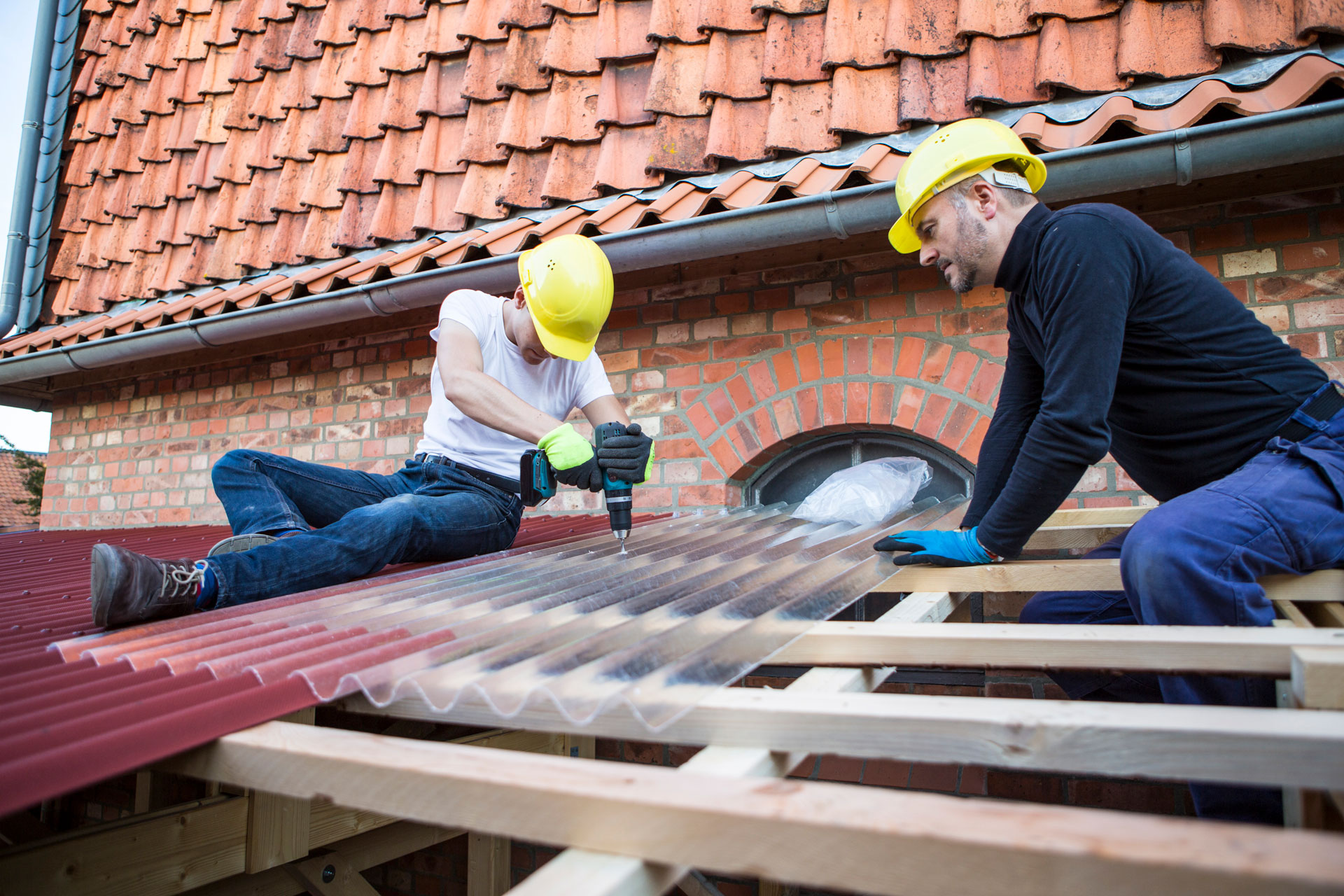What Does "Decoding the Differences Between Composition and Architectural Shingles" Do?

When it happens to developing a brand-new house or remodeling an existing one, energy performance is a best issue for many house owners. Not simply does it reduce your carbon impact and aid the setting, but it may likewise spare you loan on energy expenses in the lengthy run. Two popular designs of building and construction that are frequently contrasted in conditions of electricity efficiency are structure and home style.
Composition houses are usually created along with basic materials such as lumber structure, protection, and drywall. They have a conventional appearance and feel and are commonly more budget friendly than architectural properties. On the other palm, building residences feature special layout that incorporate components such as curved wall surfaces, large windows, and special rooflines. These features can easily create them extra pricey to develop but may likewise give considerable advantages in terms of power productivity.
So which style of development offers much better electricity productivity: composition or architectural? The solution may surprise you.
Structure homes have been all around for years and are developed to be practical instead than visually pleasant. While they may not use the very same degree of concept panache as an building property, they still offer some perks when it comes to electricity performance.
One primary conveniences of structure homes is that they are typically simpler to create than their home equivalents. This implies that building contractors can utilize regular shape practices and materials without possessing to worry concerning custom layout components that may be more challenging or costly to set up. As a outcome, composition houses usually tend to be much more affordable on the whole.
An additional advantage of composition homes is that they are typically created with practicality in mind. For instance, they might include easy rectangle-shaped floor planning along with minimal positions or curves in order to take full advantage of functional living space while minimizing material misuse during the course of construction. This usefulness expands to their HVAC devices as properly – a lot of composition houses utilize standard heating system and cooling systems that are easy to maintain and repair if required.

Nonetheless, there are likewise some downsides when it happens to energy efficiency for composition homes. For instance, because these types of properties are frequently created with common products and designs, they may not give the exact same level of insulation or air sealing as an home home. This can easily lead to higher electricity bills over opportunity as the HVAC unit has to function harder to sustain a relaxed temp inside.
In Towson Roofing Pros (410) 489-1503 , building residences are typically developed with power productivity in mind from the exact beginning. Because these residences include special layout and customized components, contractors possess additional freedom to include features that can improve electricity performance. For example, sizable home windows can easily be smartly positioned to maximize organic illumination and decrease the need for man-made illumination during the course of the time. Likewise, curved walls can aid to strengthen air flow and lessen the bunch on your HVAC unit.
Yet another benefit of home properties is that they frequently utilize high-quality materials that are exclusively opted for for their energy effectiveness residential properties. For instance, some contractors might use protected concrete types (ICFs) as an alternative of conventional lumber framework in order to enhance protection and lessen thermic link. Similarly, some roof materials such as steel or clay ceramic tiles may be made use of for their reflective residential or commercial properties in purchase to always keep your residence cooler during the course of warm summertime months.
However, there are also some downsides when it happens to electricity efficiency for architectural houses. For one factor, these types of properties often tend to be more expensive generally due to the extra design elements and personalized function required in the course of building and construction. In addition, because these style are commonly one-of-a-kind and one-of-a-kind, repair work or upkeep might be more complicated or costly if something goes wrong.
In final thought, both structure and home designs of building can easily give perks when it comes to power performance – but each has its own unique staminas and weak points. Inevitably, selecting between these two possibilities will certainly depend on your particular requirements as a individual in conditions of spending plan, concept inclinations, and wanted level of power effectiveness.
